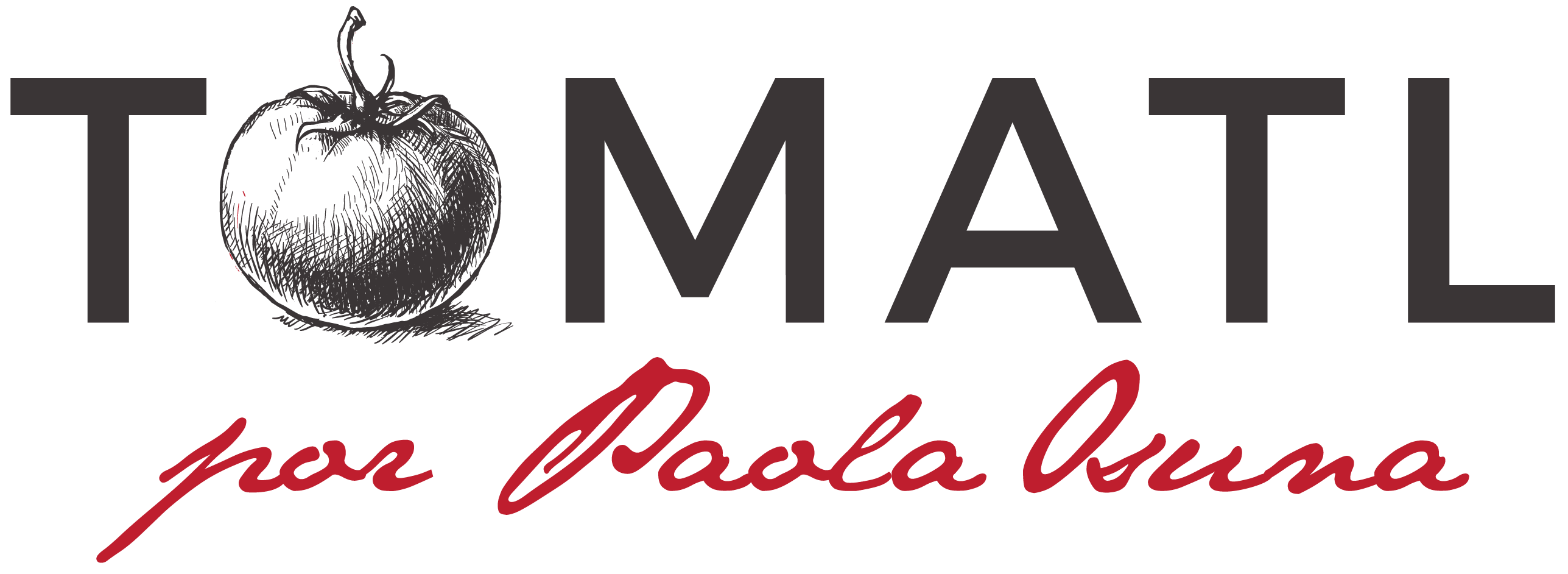Day of the Dead, one of the most emblematic celebrations in Mexico, is a festivity that combines elements of pre-Columbian indigenous culture with the influence of Spanish colonization. This tradition, which takes place on November 1st and 2nd, has been inscribed on UNESCO’s Representative List of the Intangible Cultural Heritage of Humanity and has become a symbol of identity for Mexicans.
Day of the Dead has its roots in the indigenous civilizations of Mexico, particularly the Aztecs and Mayans. These cultures believed in the continuity of life after death and viewed death as a natural part of the cycle of life.
In the indigenous view of Day of the Dead, it involves the transient return of the souls of the deceased, who come back home, to the world of the living, to be with their family and to nourish themselves with the essence of the food offered to them on the altars placed in their honor.
Before the arrival of the Spaniards, death-related festivities were celebrated at different times of the year, but the conquerors influenced the incorporation of Christian elements into the tradition, creating a syncretism between Christianity and native religious beliefs. The indigenous peoples of Mexico moved the veneration of their deceased to the Christian calendar, coinciding with the end of the corn harvest, the country’s primary food crop.
The heart of the Day of the Dead celebration is the altar or offering, which is set up in homes and cemeteries. These offerings are decorated with symbolic elements that honor and remember the deceased loved ones. Every altar must include specific elements, each with special significance. These must include water, salt, candles, sugar skulls, copal incense, marigold flowers, portraits of the deceased, bread of the dead, papel picado (cut paper), mats, and, of course, food. Altars can even have different levels, each with particular meaning.
Food plays a fundamental role in Day of the Dead, as it is considered that the act of eating is a way to share with the departed loved ones. Some of the common dishes are:
Mole: A rich and elaborate dish that varies by region but typically includes a mixture of chilies, chocolate, and spices. It’s considered a delicacy offered to the deceased.
Tamales: Wrapped in corn husks or banana leaves, tamales can be filled with meat, chilies, cheese, or sweets, and are a delight shared in the offerings.
Atole, champurrado, and chocolate in water: Hot beverages made from corn dough, milk, chocolate, and spices, served alongside bread of the dead.
Candied Pumpkin (calabaza en tacha): Slices of pumpkin cooked in unrefined sugar and cinnamon, a traditional seasonal treat.
Tacos and Mexican street food: In some regions, they prepare tacos and the deceased’s favorite dishes like pozole, enchiladas, and chiles en nogada.
Seasonal fruits
Tejocote candy: Tejocote is a seasonal fruit that is cooked with sugar until it forms a sort of syrup.
Through offerings, celebrations, and food, life and death are celebrated as an inseparable whole. Food plays an essential role in this celebration, as it is through it that love and the memory of the departed loved ones are shared.


